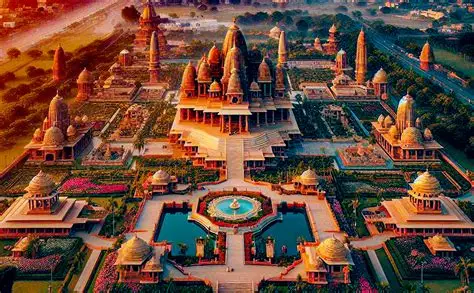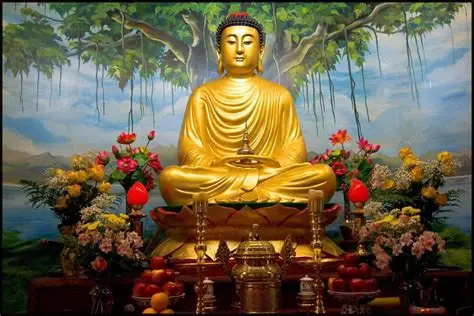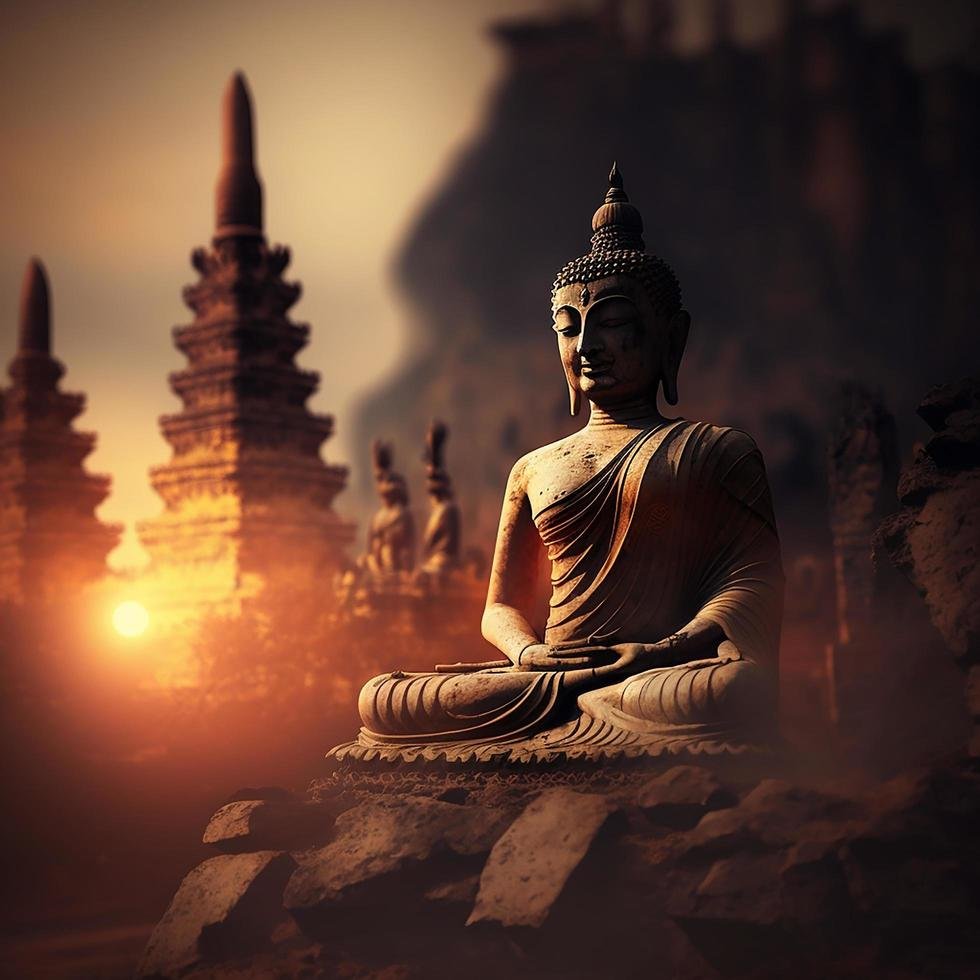Bihar, often called the cradle of Buddhism, is home to some of the most significant sites in the religion’s history. Bihar Buddhist Circuit Tour is a curated pilgrimage trail that traces the footsteps of Gautama Buddha—from his quest for truth to his enlightenment and teachings. This circuit attracts monks, scholars, pilgrims, and travelers from around the world, offering a blend of spirituality, archaeology, and cultural exploration.
🕊️ Why Bihar Is Central to Buddhist Tourism
Bihar’s connection to Buddhism is profound:
- It’s where Siddhartha Gautama renounced worldly life.
- It’s where he attained enlightenment under the Bodhi Tree.
- It’s where he delivered sermons and built a monastic community.
- It’s where emperors like Ashoka promoted Buddhist architecture and philosophy.
The Bihar Buddhist Circuit is not just a tour—it’s a spiritual journey through time.
🛕 Key Destinations on the Bihar Buddhist Circuit
1. Bodh Gaya – The Enlightenment Site
Bodh Gaya is the spiritual heart of Buddhism. It’s where Siddhartha Gautama meditated under the Bodhi Tree and became the Buddha.
- Mahabodhi Temple: A UNESCO World Heritage Site, featuring a 50-meter spire and the sacred Bodhi Tree.
- Bodhi Tree: A direct descendant of the original tree under which Buddha attained enlightenment.
- Great Buddha Statue: A 25-meter seated Buddha in meditation posture.
- International Monasteries: Built by countries like Thailand, Japan, Bhutan, and Myanmar, each showcasing unique architectural styles.
Bodh Gaya is the starting point of the circuit and a place of deep reflection and global pilgrimage.
2. Rajgir – The Teaching Grounds
Rajgir was a favorite retreat of Buddha and the site of many important teachings.
- Griddhakuta Hill (Vulture’s Peak): Where Buddha delivered the Lotus Sutra and other key sermons.
- Venuvana Vihara: A bamboo grove gifted by King Bimbisara, used as Buddha’s residence.
- Ajatshatru Fort and Cyclopean Wall: Remnants of ancient Magadhan architecture.
- Peace Pagoda (Shanti Stupa): Built by Japanese Buddhists, accessible via a scenic ropeway.
Rajgir blends spiritual significance with natural beauty and historical depth.
3. Nalanda – The Ancient University
Nalanda was one of the world’s first residential universities and a major center of Buddhist learning.
- Nalanda University Ruins: A UNESCO World Heritage Site with monastic cells, lecture halls, and stupas.
- Nalanda Archaeological Museum: Houses sculptures, manuscripts, and relics.
- Xuanzang Memorial Hall: Dedicated to the Chinese monk who studied and taught at Nalanda.
Nalanda showcases the intellectual and philosophical legacy of Buddhism.
4. Vaishali – The Site of the First Female Monastic Order
Vaishali is where Buddha allowed women to join the Sangha, marking a progressive moment in Buddhist history.
- Ashokan Pillar: Marks Buddha’s last sermon in Vaishali.
- Relic Stupa: Contains ashes of Buddha.
- World Peace Pagoda: Built by Japanese Buddhists to promote harmony.
- Vaishali Museum: Displays artifacts from the Licchavi period and Buddhist relics.
Vaishali is a symbol of inclusivity and spiritual evolution.
5. Kesariya – The Tallest Stupa in India
Kesariya houses one of the tallest and most impressive Buddhist stupas in India.
- Kesariya Stupa: Believed to be built by Emperor Ashoka, standing at 104 feet.
- Archaeological Significance: Excavations have revealed relics, inscriptions, and terracotta artifacts.
Kesariya is a lesser-known gem that adds architectural grandeur to the circuit.
🧘 Spiritual and Cultural Experiences
The Bihar Buddhist Circuit Tour offers more than sightseeing:
- Meditation Retreats: Available in Bodh Gaya and Rajgir.
- Monastic Interactions: Visitors can attend teachings and rituals in international monasteries.
- Festivals: Buddha Purnima in Bodh Gaya, Rajgir Mahotsav, and Nalanda Festival celebrate Buddhist heritage.
- Cultural Performances: Folk music, dance, and storytelling enrich the experience.
These experiences deepen the connection between travelers and the teachings of Buddha.
🏨 Accommodation Options
Bihar offers a range of accommodations for Buddhist travelers:
- Luxury Hotels: The Royal Residency (Bodh Gaya), Indo Hokke Hotel (Rajgir).
- Monastery Guesthouses: Available in Bodh Gaya and Nalanda.
- Budget Lodges and Homestays: Ideal for solo travelers and backpackers.
- Eco-Stays: Promote sustainable tourism and local engagement.
Booking in advance is recommended, especially during peak pilgrimage seasons.
✈️ How to Reach and Travel Tips
- Airports: Gaya International Airport is the main gateway; Patna Airport is also well-connected.
- Railways: Bodh Gaya, Rajgir, Nalanda, and Vaishali are accessible via major rail routes.
- Roadways: Well-connected by buses and taxis from Patna and other cities.
Travel Tips:
- Best time to visit: October to March for pleasant weather and festivals.
- Dress modestly and respectfully, especially in monasteries and temples.
- Carry water, sunscreen, and comfortable walking shoes.
- Hire certified guides for deeper insights into history and philosophy.
🗺️ Sample Itinerary (7 Days)
| Day | Destination | Highlights |
| 1 | Bodh Gaya | Mahabodhi Temple, Bodhi Tree, monasteries |
| 2 | Bodh Gaya | Meditation, Great Buddha Statue, Thai Temple |
| 3 | Rajgir | Griddhakuta Hill, Venuvana, Peace Pagoda |
| 4 | Nalanda | University ruins, museum, Xuanzang Memorial |
| 5 | Vaishali | Ashokan Pillar, Relic Stupa, Peace Pagoda |
| 6 | Kesariya | Stupa visit, local village interaction |
| 7 | Patna (Departure) | Optional visit to Patna Museum and Golghar |
Final Thoughts
The Bihar Buddhist Circuit Tour is a journey into the soul of Buddhism. It offers a rare opportunity to walk the path of the Buddha, explore ancient wisdom, and experience India’s spiritual heritage firsthand. Whether you’re a pilgrim, a historian, or a curious traveler, this circuit promises insight, peace, and unforgettable memories.


